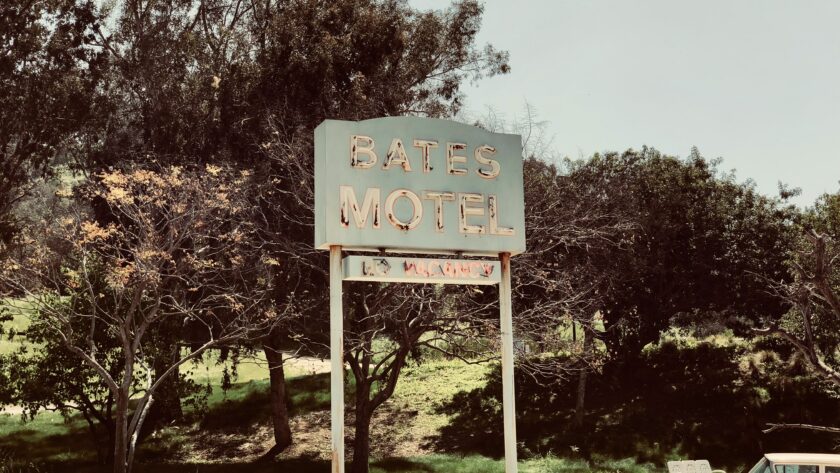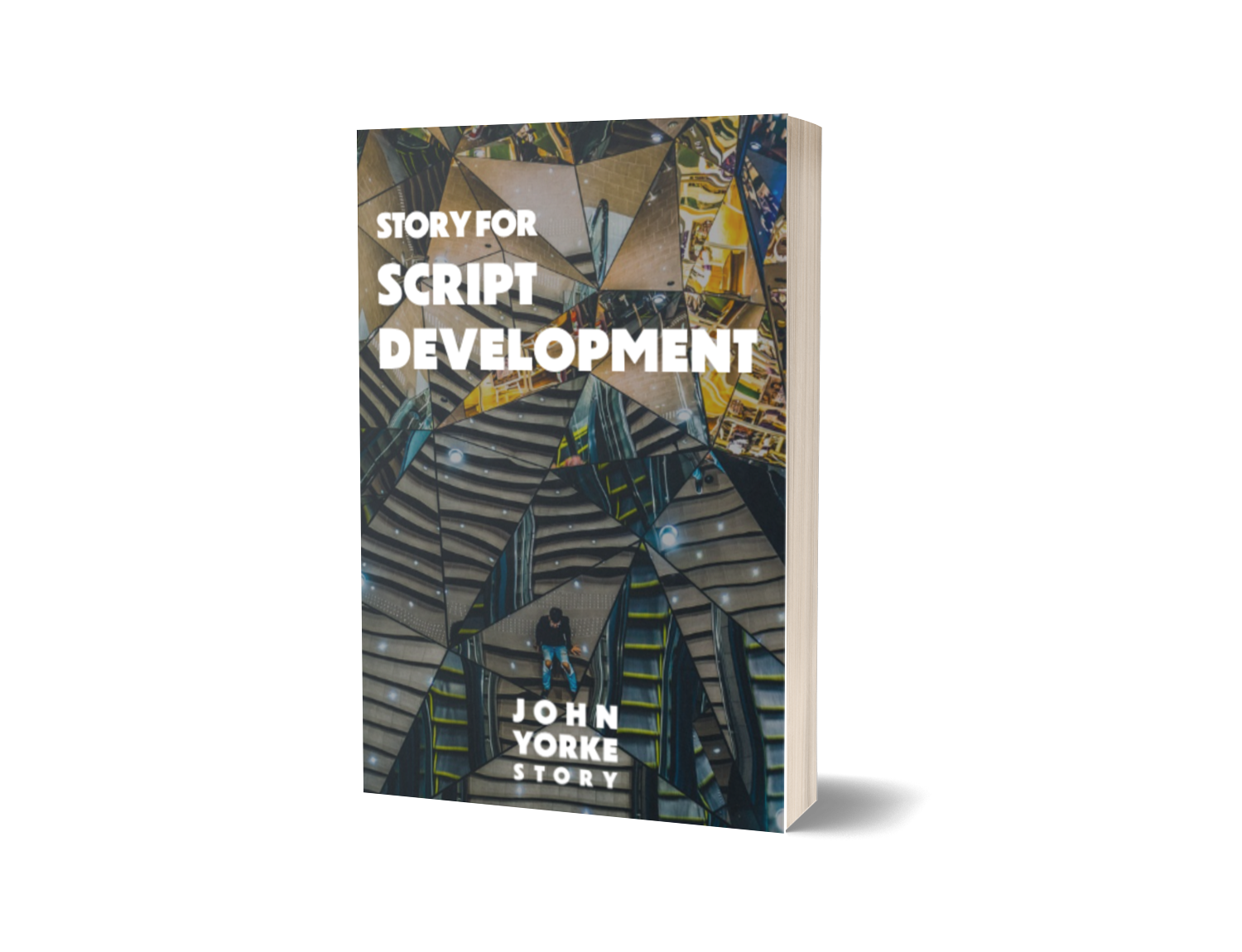I’ve pitched countless factual ideas over the years and the most successful ones have been no different to those glossy, drama or comedy concept ideas. It’s storytelling. Pure and simple. Whether it’s straight documentary, factual formats, factual entertainment, reality TV. The same elements apply no matter what kind of story you are telling. You need to let the reader know what this is as quickly as possible.
Great imagery, a strong concept, minimal words, extraordinary characters and a visual world on the page that matches the story you are wanting to tell. You want to take your reader – be it commissioner, producer, potential contributors – through the story, building on it page by page, drip-feeding the info to make it into a compelling piece of storytelling in itself.
Epic imagery
First of all, find that one epic image for your front page that grabs your reader, intrigues them, and lets them know what this story is going to be about. Think about the thumbnails on Netflix or Amazon Prime. Those pictures that grab you or leave you cold. The ones that have a real difference in whether you decide to read the blurb and ultimately press play. You may have an image you have shot yourself, of your contributors, of the place where your story is set, an archive image.
Make sure it is honest so the reader isn’t disappointed or surprised (in a bad way) as they read on. If it looks like a crime story then turns out to be something else, then that’s going to potentially put people off. A lot of us will have chosen something to watch based on the poster or thumbnail, thinking it’s going to be one thing, then when it’s not delivered we switch off, annoyed.
Your contributors
Whose story is this? Just the same as knowing who your protagonist is and what their journey or arc is, you need to paint pictures of your contributors, or the kind of contributors you are hoping to get and let us know their wants and needs.
If this is a story about an event, a moment in time, a movement or a phenomena, the people involved, whether existing now or in the past, are the way into your story. Make them jump off the page. Let us know why we are going to want to follow them into the story, connect with them. The Netflix docs about famous crimes or fraudsters all focus, quite rightly, on the victims. Don’t F*ck With Cats made a salacious murder story about the armchair detectives who helped the police to hunt him down and that’s what made it so compelling.
Why you?
Arguably, the ‘Why Me?’ And ‘Why Now?’ questions that you should be posing in any pitch are even more important in factual. What’s your connection to the story? Why do you feel the need to tell it? Do you have a unique angle? And how is this story relevant to our world today? Why will people want to watch it? How does it speak to today’s audience, especially if it’s a story from the past?
Story is story at the end of the day. Audiences are hungry for compelling tales that speak to our own experiences and help us understand the world. A ‘real-life’ story can have an even bigger effect on us than the most dramatic piece of fiction. Know your story, put it on the page and allow it to have its moment in the spotlight.





